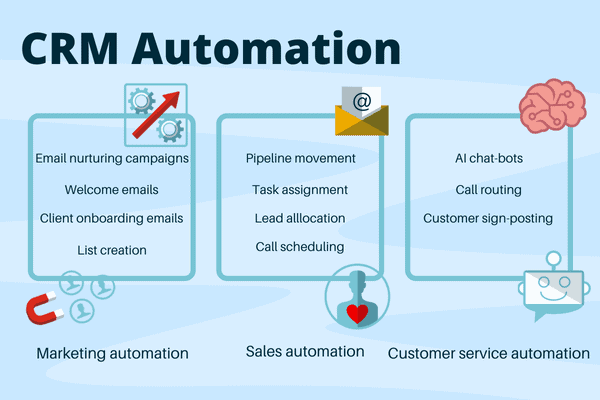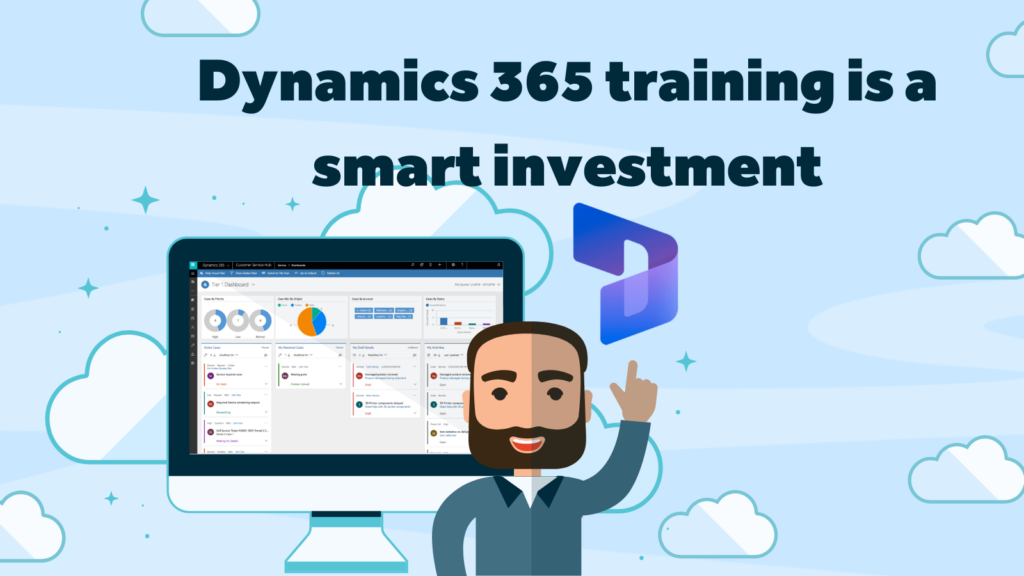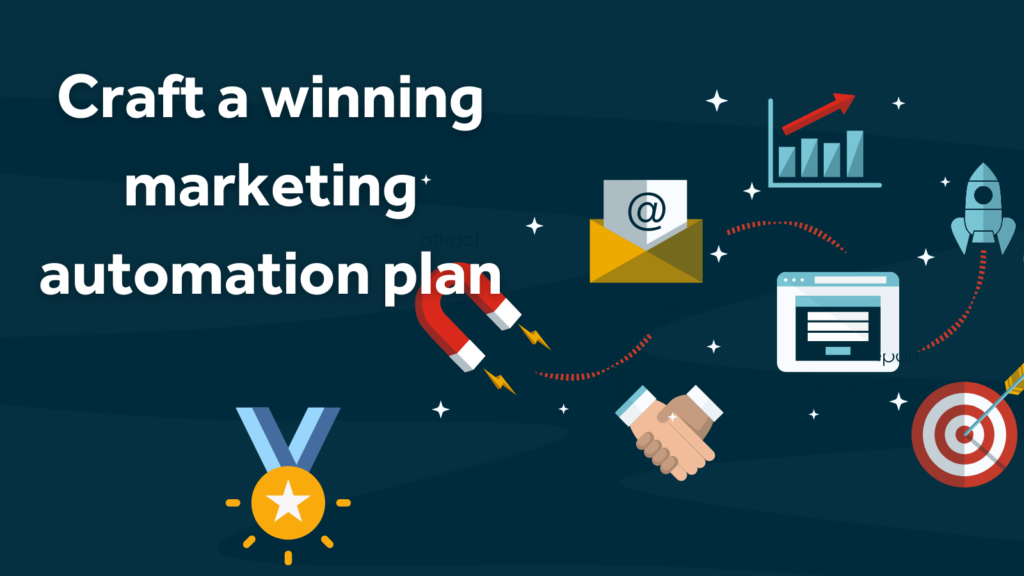Global recession on the horizon
Skimming recent headlines and economic reports in the UK and globally, it seems probable that a recession is heading our way here in the UK. On September the 1st, the British Chamber of Commerce (BCC) announced that it expects the UK economy to ‘plunge into recession before the end of 2022, with inflation spiking to 14% and lingering weakness in growth expected to continue into 2024.”. These statements make for grim reading and may fill some with woe. But ever the optimists at Rocket CRM, we believe there are always silver linings, even during the bleakest and most challenging of times.
Challenges force new thinking ideas in order to thrive, not simply survive, and during these troublesome times your biggest opportunities can sometimes be staring you right in the face – or laptop screen.
So, let’s explore how businesses can use one of their most valuable assets, Marketing CRM and data, to ride out the wave during this uncertain period. CRM systems hold a wealth of opportunities if configured and utilised correctly, but only if that business has solid digital marketing and data strategies in place. Data is King, for sure, but to squeeze optimum juice from your data, collating, managing, analysing and leveraging data correctly to squeeze optimum juice from your digital assets truly, is what’s needed to squeeze optimum juice from your data assets.
Data can give business owners and leaders powerful insight into customer behaviour, helping them make better decisions only if managed and handled correctly. And by optimising CRM software, businesses can leverage customer data in sales and marketing activity to strengthen relationships with their audiences.
How data-skilled is your workforce?
And whilst many of you reading this will agree with everything we’ve said thus far, putting good customer data and CRM management into practice is different. There can often be disparity between what the business knows it needs to be doing and what it’s currently capable of, with time, resource and skills constraints stopping them from getting the most from what they have.
So, that begs the question, how data competent are your staff? If the answer is not very competent, then it would be wise to remedy that, whether that’s by hiring appropriately skilled staff or staff training.
Improving the data competency and data literacy of your workforce may take time. Yet, there are simple ways that you can optimise your CRM and data usage for business growth right now by working with what you’ve got and trying out new ways of doing things. Once the low-hanging fruit starts delivering results, expand the plan and improve your data capabilities on a broader scale by formulating a data management strategy. By aligning that with your digital marketing and customer retention strategy – you will hopefully see increased top-funnel lead generation, optimum sales conversions, shorter conversion times and increased customer loyalty. Of course, successful marketing and sales are also reliant on so many other factors.
With that said, here are some quick and relatively impactful activities you can begin to help grow your business even during challenging economic conditions, even if your team aren’t the most tech or data skilled.
Ways you can get more from your marketing CRM and data
The following advice is subject to the capabilities of your existing system and assumes you have a modern CRM; it should be possible to create a viable plan from the following nuggets of information:
Segmenting data for personalised communications
The cardinal sin of B2B marketing is blanket emails to ‘all’. And whilst some comms, such as newsletters, can have broad appeal to a good chunk of your opted-in customer base, there are so many other ways you can send salient messages to people, customers or leads. Here are some ways to slice up your data for salient and impactful communications.
Demographics
Commonly known and used, this is where you would hone in on a specific section of people based on their personal attributes: gender, age, education level, generation group, and marital status. Very common in the B2C world but still holds merit in some situation in the B2B world, but in a slightly more career focused way. For example, segmenting and targeting based on industry, job role/function, decision-maker roles, or revenue. If the data has been accurately captured, then it should be straightforward to segment your data based on their job role, industry or revenue.
Geographic
An obvious one – but we’ll still cover it. Segmenting based on Country, county, city etc., can be a smart move. For example, inform your audiences of pertinent legislation changes affecting their business in a specific country. Or perhaps, you’re organising an event in a specific location and want to target businesses within a specific vicinity with invites. It’s easily executed by filtering your data by the appropriate address fields.
Psychographic
This segmentation technique delves a little deeper by focusing on specific traits of an individual – personality, values, attitudes and interests. Widely used in the B2C world to market based on emotion and behavioural responses, B2B marketers do well to remember they’re not targeting businesses. They’re targeting individuals within those businesses, so building an emotional connection with the audience is imperative.
So how would this work in a real real-world setting? For a tech-based business, you’d be marketing based on emotional appeal. How does the product solve a problem for a specific audience? How does it make their job easier or help their business succeed? This more human and emotional approach is essential for nurturing leads in the B2B world, where sales pipelines are much longer, and the decision-making process is based on many functional and emotional benefits. And this is where data within your CRM will deliver value. An effective way to do this is to overlay bay behavioural data with demographic data and create buyer personas. And whilst some marketers may say that personas are tosh. They still play a pretty important role in helping businesses define a specific audience.
Needs-based
Another powerful way to segment and complements psychographic and behavioural segmentation is by grouping an audience based on their needs. What are they looking for in their product or service?
Insight and knowledge of your target customer are vital. This approach is powerful when you align their needs to the features and benefits of your product and service; with modern marketing CRMs, you can disseminate questionnaires to your client base for data collection. If this isn’t possible, you can source third-party research into the key needs of a specific audience group.
Value-based
So this way of segmenting is very much about getting perceived and delivered value and your pricing aligned and suited to your target audience and segments customer groups in terms of the value they deliver to your business. How much revenue they generate, the cost of acquiring and retaining these customers, and the overall profitability. It’s all good and well winning new business, but if it’s a high cost per acquisition (CPA) and the margins aren’t fantastic, there’s something amiss with your pricing strategy. What you want to do is identify the most profitable customers and identify their value criteria. By analysing your sales and marketing data, you can gain a clear picture of the effectiveness of your pricing strategy and profitability.
Drive efficiency with CRM automation
CRM tech that automates repeatable tasks is now widely available, so if you’re using a modern CRM, you likely have access to these time saving and streamlining tools.
Automating marketing, sales and service-related tasks and communications can drive efficiency and help even the smallest of teams with lean budgets ramp up their activity.
Automation activities facilitate lead-nurturing email campaigns and, when combined with top-funnel lead generation activity, help deliver sales-ready leads to the ever-hungry sales team. Informative, persuasive and well-written content helps build trust and develop relationships with would-be clients and move them down the sales funnel.
Further down the sales funnel, welcome emails and client onboarding documentation helps get the customer relationship off to a great start. And taking care of new and existing customers can be your superpower during times of recession. You can read more about marketing automation and how it can grow your business here https://rocketcrm.co.uk/what-is-marketing-automation-and-how-could-it-help-grow-your-business/
In sales, task assignments, lead allocation, and pipeline stage movement can all be automated by setting specific criteria for that account’s activity.
Even in customer service, AI chatbots and customer routing are now commonly utilised automation tools that help lift the burden of customer service teams and improve the customer experience.

Cleanse and update your data
The basics of good CRM management are keeping customer records up to date. Data has a limited shelf life as customers have a little shelf life as customers situations change. If it’s been some time since you went in and gave your customer data a spring clean, then we promise it will reap the rewards.
Sometimes a courtesy call to your contacts to update their details also offers your sales team an opportunity to have verbal communication and reignite lapsed relationships but may even bring about new opportunities. Of course, you can also choose to send your connection an email, enabling them to update their details and marketing preferences in one fell swoop. And this option is much quicker and simpler to execute. Putting aside time to make courtesy calls is likely not at the top of a salesperson’s to-do list when there are more pressing matters and opportunities to go after.
Optimise your existing CRM system for sales and marketing
Whilst some of you reading this will think they need to upgrade their CRM, others will know that their current system is a top piece of kit and capable of facilitating our suggested activity, just grossly underutilised. So, this advice is intended for the latter. If you’re happy with your existing system, there are some simple actions and checks you can do to optimise its use.
You may have access to a CRM marketing suite depending on which CRM software you have. If you already have access, that’s great. You’ll want to ensure you’re marketing team is utilising it to its max. If not, and it’s possible to upgrade or purchase licenses, we strongly advise you do.
By integrating your marketing activity into your CRM in this way, you’ll be able to increase your marketing productivity and action our earlier recommendations around segmentation, email marketing and automation much easier. Having that 360 view of all your contacts, prospects and customers across the entire buying cycle is a game changer.
Marketers and sales teams can work more closely together and manage the sales pipeline more effectively. Detailed pipeline views and the impact of marketing interactions make marketing work more efficiently, and more importantly, those success-blocking silos that once existed between sales and marketing are abolished. Another benefit that is often overlooked is that a simple two-way integrated approach helps forge stronger relations between your sales and marketing teams; higher levels of accountability, visibility of activity and ability leads to be assigned and scored all help each team appreciate the other’s role in generating sales. Hurrah, everyone reading off the same page!
Is your marketing CRM up to scratch?
To see where you’re gaps in activity may be, map out your current activity and draw up a list of what you currently do with your CRM and how successfully.
What tools and features does it offer that you can instantly access? Will these tools enable you to action the activities outlined above? If so, great! It’s then a case of creating a practical action plan of activity you wish to begin and looking at other resources you may need to deliver these new activities.
If, however, it’s evident that your existing CRM may be lacking, especially in the area of automation, it could be time to consider upgrading your CRM. And yes, that’s correct; we suggest you invest in software even when budgets are likely to be slashed and marketing spending reduced. If you are one of those businesses considering reducing marketing spending, you’re not alone, as back in 2008, 13% of businesses reduced their advertising spend*
CRM is no longer a nice to have, but a critical component to broader digital sales and marketing strategy and fundementals of a good tech stack.
We recommend that you consider the potential negative impact of constricting activity when you need to generate awareness and business opportunities. Here’s an insightful article from Forbes on why businesses shouldn’t stop marketing and advertising activity during a recession: https://www.forbes.com/sites/bradadgate/2019/09/05/when-a-recession-comes-dont-stop-advertising/?sh=345f63c54608
Summary
As we’ve outlined, going for growth during times of recession can involve low-cost activities if you have the right software in place. And the role of CRM in business activities continues to take centre stage, as we’ve detailed, there’s a whole host of activities dependent on having a good CRM in place. Businesses that don’t have access, will be at a distinct disadvantage over those that do. CRM is no longer a nice to have but a critical component of a business’s tech stack.
If you’re reading this, knowing that your existing CRM is somewhat lacking, then think about taking steps to ensure that your next system is fit-for-purpose. Here are some useful resources if you’ve outgrown your current solution and may be embarking on a new CRM project.
RockePod – The Rocket CRM podcast
For more advice, drop us a line:
Phone
0808 167 4255
Email
enquiries@rocketcrm.co.uk
Social
A BIT ABOUT ROCKET CRM
Rocket CRM is a Microsoft Dynamics 365 and a Platinum ClickDimensions accredited partner, helping small to medium-sized businesses and charities harness the power of scalable CRM technology. Our mission is to make powerful CRM software simple with custom-built, user-focused solutions.




